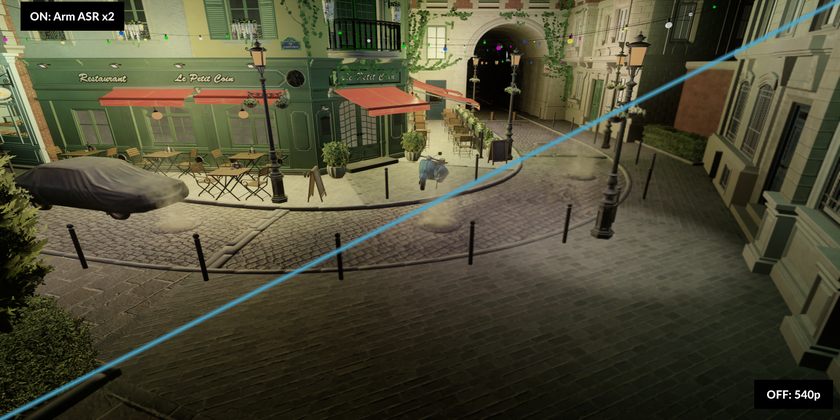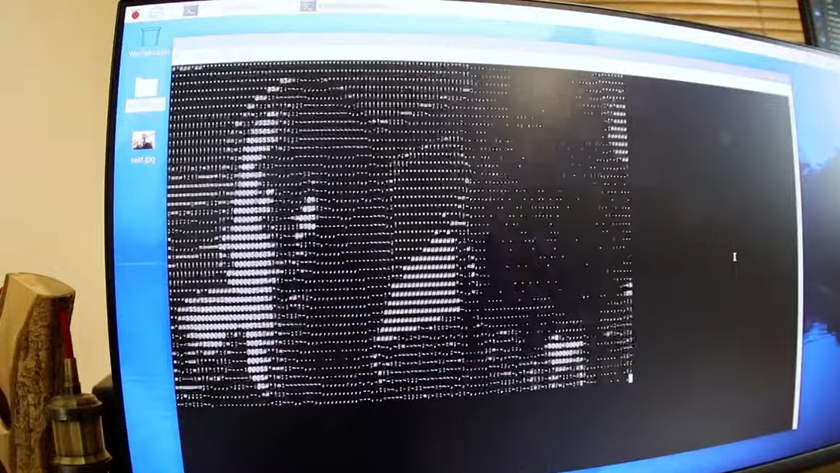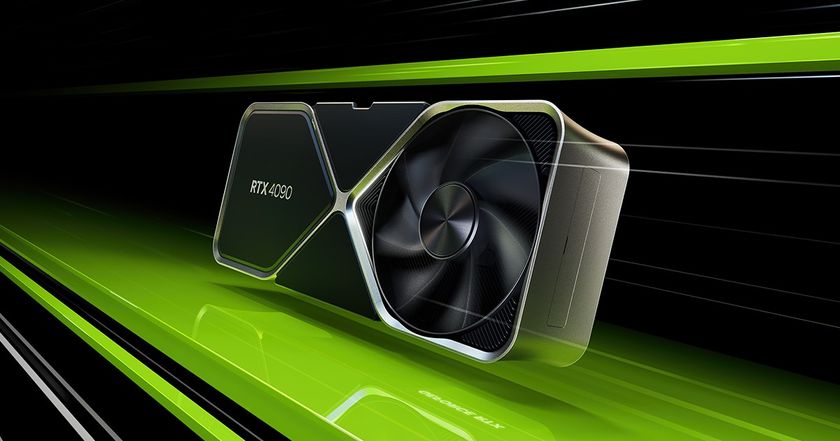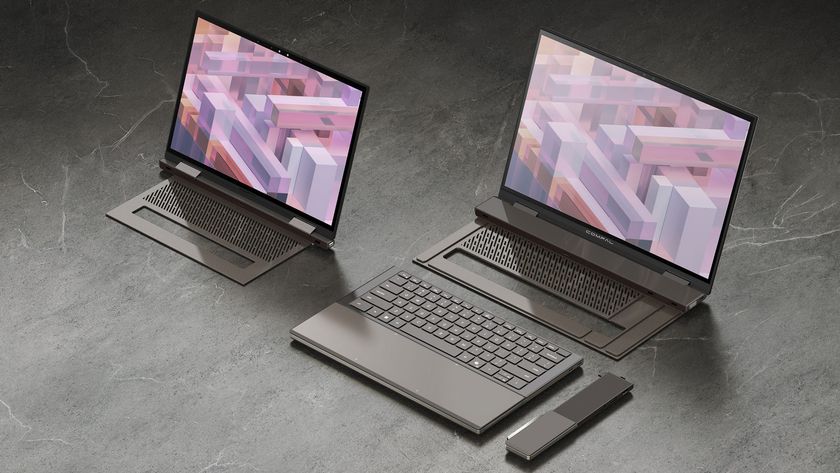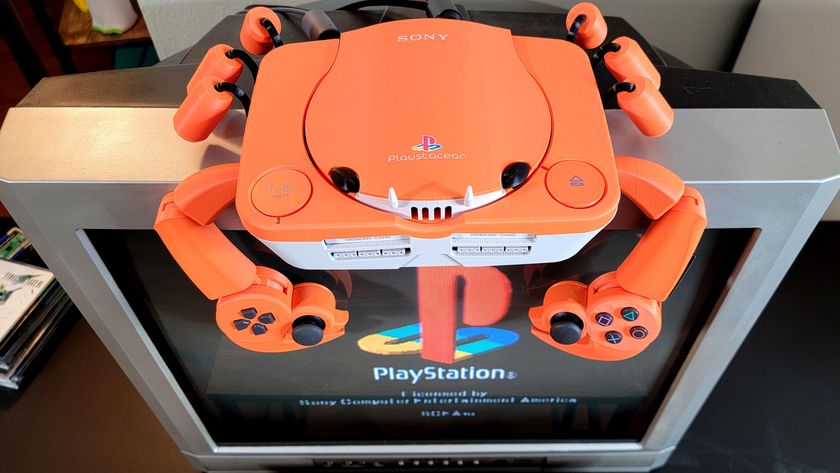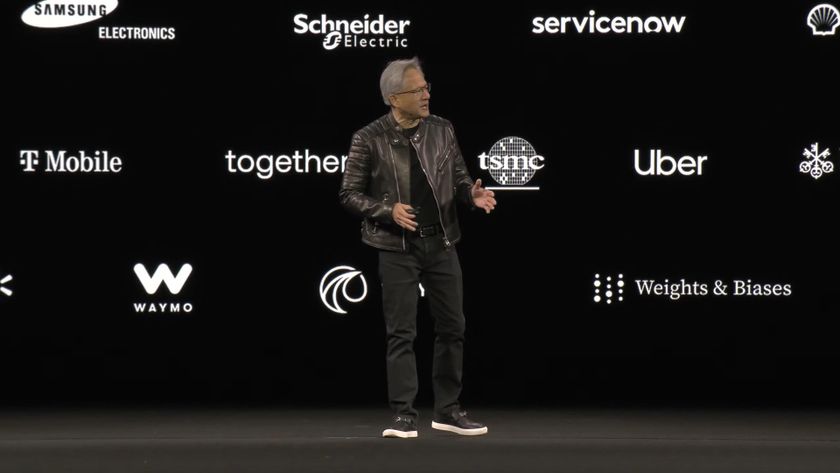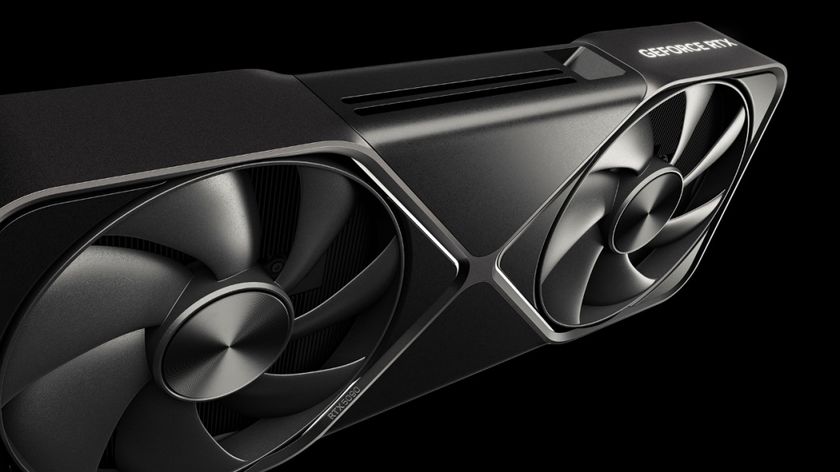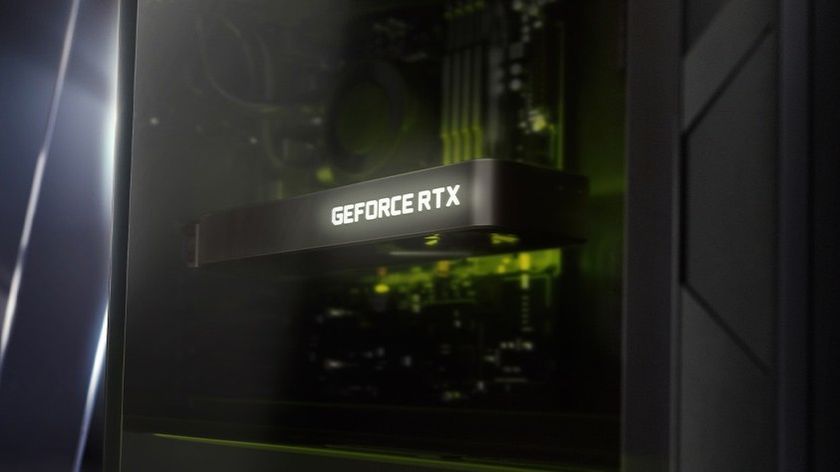Wine 10.0, the latest Windows compatibility layer for Linux, has a stable release
Bundles over 6000 changes into one stable release, including ARM64EC support

Yesterday morning, WineHQ released an overview of Wine 10.0, the Windows compatibility layer for Linux upon which several projects have been derived, including Valve's Proton, which has massively expanded Windows game compatibility on Linux over time. Wine, stylized "WINE," most literally means "Wine Is Not an Emulator," since its purpose is to do real-time compatibility work only as needed rather than wholly emulate a fixed software (Windows) or hardware environment.
Wine's release highlights include major updates for nearly every component of Linux, but one of the most highlighted changes is the addition of support for Arm64EC. Arm64EC, or "Arm64 Emulation Compatible," is an application binary interface for Windows 11 on Arm. This means those applications should now work better on Linux—and, according to WineHQ, take "advantage of the ARM64EC support to run all of the Wine code as native, with only the application's x86-64 code requiring emulation."
Various bug fixes and driver updates have been applied to the graphics front, and support for high-DPI (dots per inch, in this context, resolution) displays have improved. Most prominently, it includes auto-scaling functionality for application windows that otherwise don't support it. Additionally, Direct3D helper libraries have also seen several improvements to DirectX 9 support for several older applications.
Wine has also improved the Wayland graphics driver support with OpenGL support and added to Linux to replace the old X Window System (X11), which would otherwise be the default. Wine still defaults to the X11 driver if it is present unless the user flags otherwise.
There are other changes, but I recommend reviewing the full patch notes, as they become incredibly specific and backend-heavy. For the average user, though, the above notes should be the highlights.
In the long run, these improvements to the Wine compatibility layer should enhance other interconnected projects, and the broader goal of all these projects is to make Linux a desktop OS truly capable of replacing Windows. The progress made on that goal in the past five years has been remarkable, especially since Valve's Proton initiative made Steam Deck and Linux, in general, such competitive gaming platforms with Windows, sometimes even outperforming Windows outright.
Stay On the Cutting Edge: Get the Tom's Hardware Newsletter
Get Tom's Hardware's best news and in-depth reviews, straight to your inbox.

Christopher Harper has been a successful freelance tech writer specializing in PC hardware and gaming since 2015, and ghostwrote for various B2B clients in High School before that. Outside of work, Christopher is best known to friends and rivals as an active competitive player in various eSports (particularly fighting games and arena shooters) and a purveyor of music ranging from Jimi Hendrix to Killer Mike to the Sonic Adventure 2 soundtrack.
-
Stomx Wine is so great that has to be preinstalled in any desktop Linux or installed in one click. It is like a materialized dream. Light years ahead of any virtual boxes or KVMs.Reply
Imagine how computers would ideally handle different operating system, Linux and Windows in this case. You would want that computer just somehow by itself figured out what was what you just clicked on and then just run it immediately without you switching from Linux to Windows to run Windows app or run Windows app in some dedicated virtual machine etc. Wine just transparently runs Windows in Linux as if you are already in Windows, no need to move in different windows like in VirtualBox for example, no need to setup this virtual box, no need to dedicate to it some video space, harddrive space or allocate portion of memory - Wine and hence Windows shared with Linux entire computer resources.
And when you go to the directory called "wine" you will find there your familiar Windows structure
The only damn problem of Wine before was difficulty to install it. Tons of complaints with version 6


